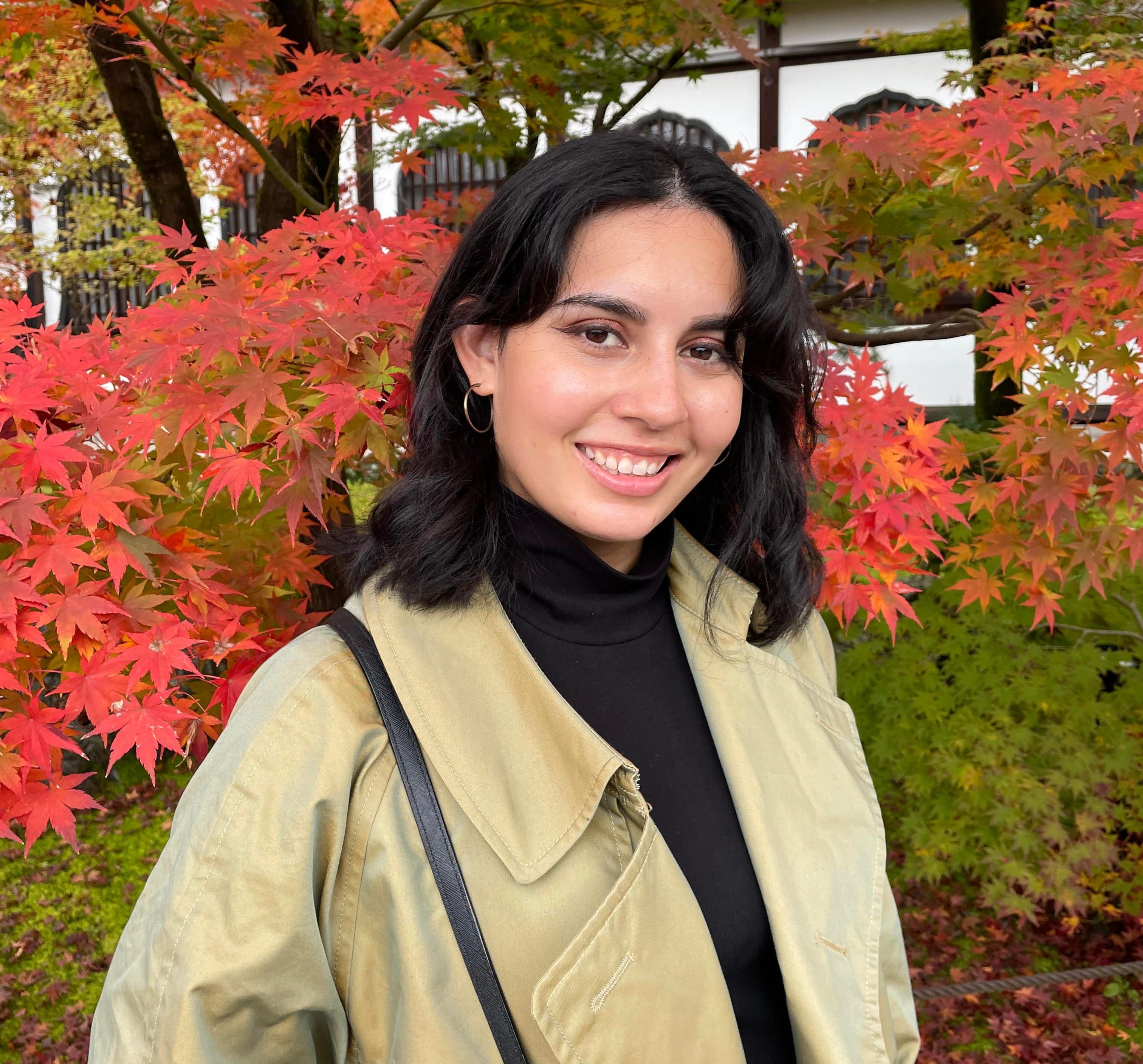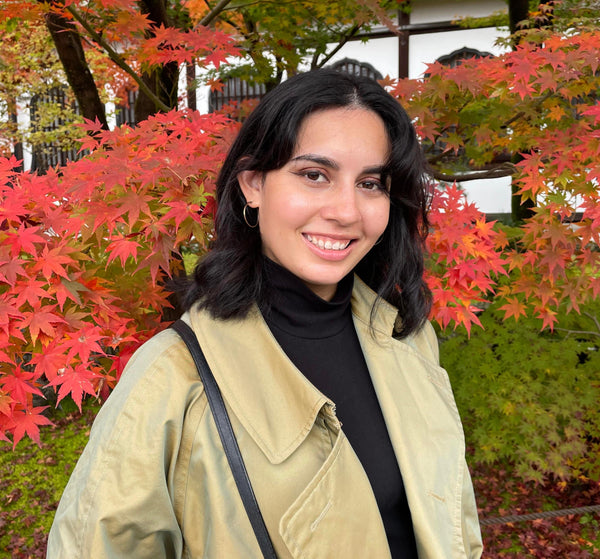
Jump to:
Today, we’re diving into the world of Japanese face packs. In the J-beauty world, these often don't get as much attention as sheet masks, but that doesn’t mean they should be overlooked!
With the wide array of Japanese skincare products available on the market, it can be confusing and overwhelming to know which products are worth including in your routine. You may be wondering: Are face packs worth incorporating regularly into skincare routines? What’s the difference between a face pack and a face mask? How do you correctly apply a face pack? How long should you leave it on?
This article aims to address all these questions and provide everything you need to know about face packs, including why you might want to start incorporating them into your skincare routine.
What Is A Face Pack?

Face packs are a type of face mask used as a treatment skincare item to provide the skin with enhanced nourishment. They come in various forms, but when it comes to Japanese face packs, clay and cream-type masks are the most common. Face packs help address various skin concerns such as dryness, dullness, and wrinkles. Japanese face packs often include unique, Japan-specific ingredients like rice, sake lees, and Uji Matcha, distinguishing them from Western face packs.
What Are The Benefits Of Using A Face Pack?
Face packs provide the skin with many benefits, but here are some key benefits you should know about:
- Deep Cleansing: Face packs help to deeply cleanse the skin, removing dirt, oil, and impurities from the pores, which can prevent acne and other skin issues.
- Improved Skin Texture: Face packs aid in removing excess dirt and sebum from the skin, unclogging pores and improving skin texture. In short, face packs help the skin feel smoother.
- Brightening: This is a key benefit of Japanese face packs! They help to brighten the overall complexion while reducing dark spots and hyperpigmentation.
- Anti-Aging: Face packs can help reduce the appearance of fine lines and wrinkles, promoting a more youthful appearance.
- Relaxing: Though not a direct skincare benefit, using face packs can be quite relaxing, providing a spa-like experience at home.
Face Pack vs Face Mask
Now you may be wondering, how are face packs different from face masks? Why should you consider using a face pack instead of a face mask? Let's talk about a few of the differences in this section. (Note: when we say face mask, we are referring specifically to sheet masks).
First, let’s discuss the formulation of these two types of products. Face packs are often clay or cream-based, meaning they have a thick texture. On the other hand, face masks come in sheet form.
The purposes of these two types of products are also very different. Face packs are designed to target skin concerns such as clogged pores, dryness, and wrinkles, while face masks tend to focus more on hydration and anti-aging.
Lastly, the application time and usage of these products are also different. Face packs should be used only 2 to 3 times per week and are typically left on the skin for three to five minutes. In contrast, Japanese face masks are intended for daily use and can be left on the skin for more than 10 minutes (this depends on the type of face mask though).
How To Use A Face Pack?

Using a face pack is simple and requires just a few steps. Follow our step-by-step instructions below for flawless application & results:
- Step 1: Start with a freshly cleansed face. Take an appropriate amount of product and spread an even layer across your face, avoiding the eye and lip areas.
- Step 2: Leave the face pack on for the time specified on the package. Many Japanese face packs require only 3-5 minutes, but always follow the manufacturer’s instructions.
- Step 3: Rinse the mask off thoroughly with lukewarm water. Use a clean, soft towel if needed to gently remove any residue.
- Step 4: Pat your face dry with a clean towel.
- Step 5: Use the face pack 2-3 times per week, or as recommended by the manufacturer.
Tips For Using Face Packs
- Apply the face pack immediately after washing your face, ensuring a clean slate for better absorption. A little goes a long way! Start with a small amount and adjust as needed to create a thin, even layer across your face.
- Avoid daily use as face packs are best used 2-3 times a week as a skincare extra. Overuse may compromise the skin barrier.
- Follow with your regular skincare routine. While face packs contain moisturizing ingredients, they may not suffice alone. Finish with toner, moisturizer, and any other products in your routine.
Best Japanese Face Packs
If you’ve been wanting to implement a face pack into your routine but don’t know which one to choose, we will recommend some of our favorites in this section.
Ishizawa Lab Keana Rice Pack 170g
For those with dry skin or struggling with clogged pores or dull skin texture, the Ishizawa Lab Keana Rice Pack may be the best option for you. Formulated with four rice-derived ingredients, including rice serum, it leaves the skin with a plump, mochi-like texture and brightens overall skin appearance. This face pack is among the most popular and widely available in Japan.

[callout-1]
pdc Wafood Made Sake Lees Face Pack 170g
This is another rice-based face pack, this time from pdc, but it incorporates fermented rice in the form of sake lees. Sake lees are the solids that remain when sake is pressed from moromi, a mash made by fermenting rice and rice koji soaked in water. This is a great option for those looking to maintain moisture in their skin as well as improve skin texture. Those with sensitive skin can also use this mask with ease.

[callout-2]
Bifesta 3 Minute Clay Face Mask Clean Pores Clay Pack 150g
For those looking to add more self-care into their routine but short on time, the 3 Minute Clay Face Mask by Bifesta is an excellent option. This mask is designed to unclog pores and refresh the skin without causing tightness. It's quick to apply and rinse off, requiring only 3 minutes of your time! Once rinsed off, you’ll enjoy smoother, brighter skin.

[callout-3]
Ishizawa Toumei Shirohada Face Pack Skin Clarifying Face Pack 130g
If you’re looking for a face mask that improves skin appearance with an instant tone-up effect, the Toumei Shirohada Face Pack from Ishizawa is for you. Formulated with tranexamic acid to inhibit melanin production, it also includes ingredients like soy milk and collagen to moisturize and plump the skin. Simply apply this face pack, leave it on for five minutes, and enjoy instantly brighter skin.

[callout-4]
BCL Tsururi Ghassoul Mineral Clay Facial Pack 150g
This clay face pack by BCL is ideal for those with oily skin or who often experience blackheads. Featuring Moroccan lava clay, it's easy to apply and rinse off, effectively removing dead skin cells containing melanin for smoother, brighter, and clearer skin. The best part is that you only need to leave this mask on for 3 minutes before washing it off!

[callout-5]
Have you used a Japanese face pack before? If not, let us know which one you want to try. You can browse our full collection of Japanese face packs here.


0 comments